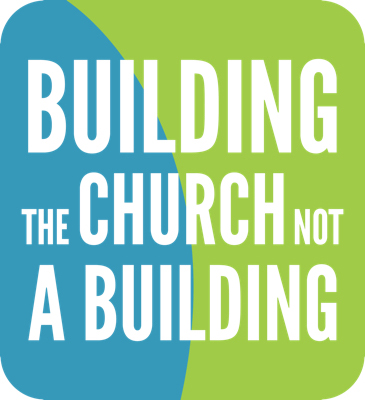I recently read an article by Tim Challies where he connected architectural language to liturgy. He made the case that understanding the thought put into design helps you to appreciate space, and that a similar understanding of the language of our worship would deepen the experience. I agree entirely, and Derek has started a blog series on our liturgy to explain some of the elements that make up a worship service at Communion Church (and that will continue at Roots as they sent off).
I want to go back to his original example and look at what role the building plays in worship. Before I start geeking out on architectural terms, I want to address a few of the common misconceptions about buildings and the church:
- The church is not a building. This idea comes from the children’s song as well as an over-weighted view of the universal (invisible) church over the local. The reality is: the local church is a family who meets together in a building to worship God together. Are they still a church without a building? Invisibly, yes. As a local congregation, no. This is not to say that if the church was forced to meet somewhere else it would cease to be the church; we would have to meet somewhere, and whether we are talking house or catacombs, we are talking a building (and the type of building will determine the size and form of our gathering).
- We could spend the money on something more beneficial. This actually can be very true. Many churches break the bank to keep their building new and shiny; a building can definitely become and idol, and/or a hindrance to the larger mission of the church. That said, it can also be an effective means of outreach and service. Much of the negative reaction to buildings sees church work as something that happens organically and in small forms. While much of the work of the church does happen in this way, it does not negate the need for larger spaces to host more organized functions.
For our church in particular, we have the opportunity as landlords to serve two different non-profit groups by giving them a place to do their work. We open the doors for Young Lives, CA, and even the board meeting for Friendship House. We host families in the basement 4 times a year through Family Promise. We have even hosted high school art shows. The possibilities of WHAT to do are endless, because we have a space to do them. We have all of this for less that what most families spend on their home. I would argue that much of what the church has done throughout time, as a pillar within communities, requires a building; in our case, we are able to get that benefit in a way that does not hinder us. Sure, sometimes a window starts to fall in, but that cost is very small when compared with the chances it gives us to be a visible and active part of our community.
So while building and church are not the same thing, a church is limited in what it can do without a building. The kind of building that it has is going to have an affect on the kind of church they are. In my next post, I am going to describe our building and the role it plays in how we ‘experience church.’

